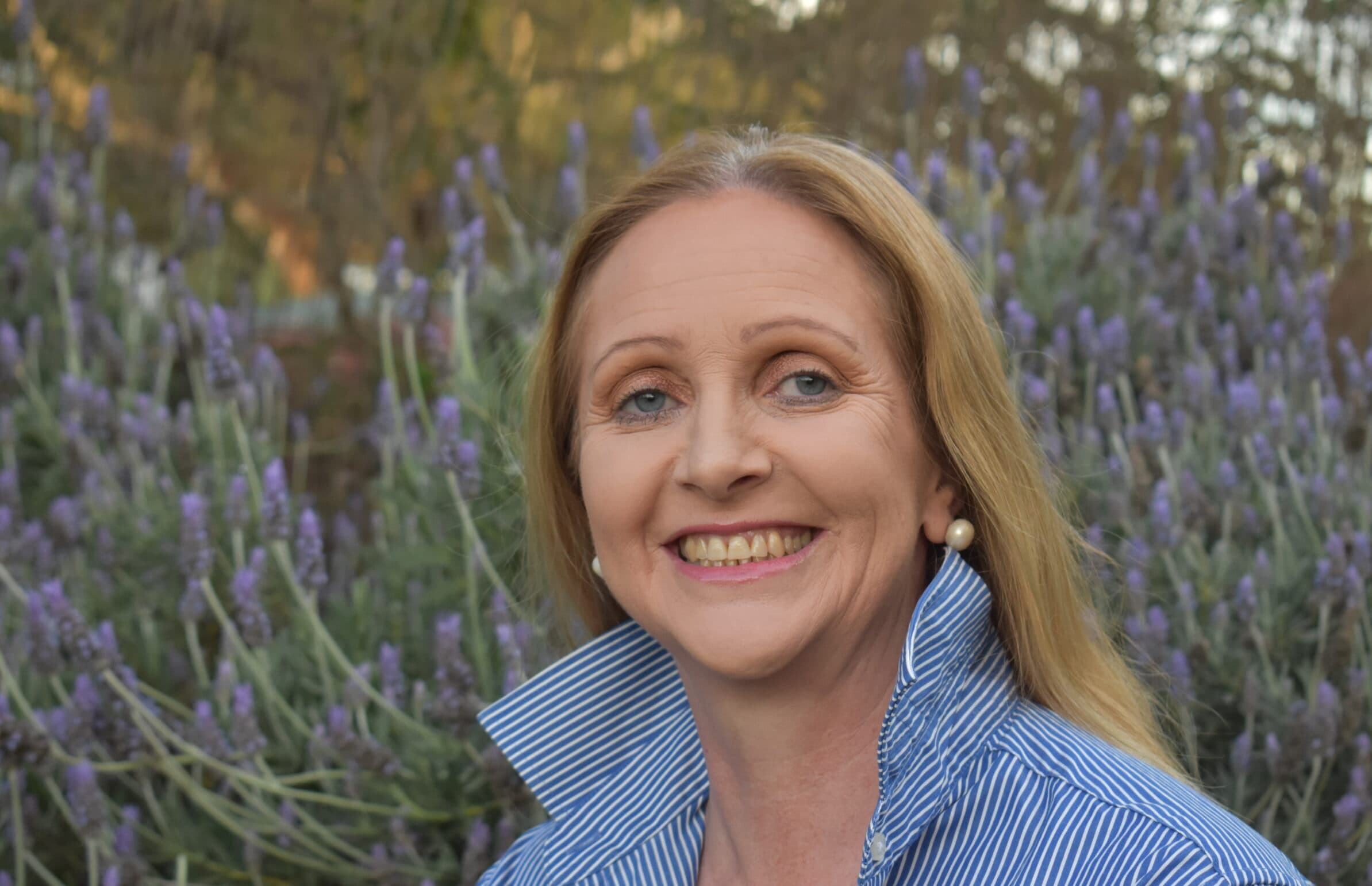Cropping in a cube
With a career that spans broadacre cropping, vegetable growing, construction, accounting and organic herbs, Fran sees new technology as their ticket back into food production.
“We’ve been researching intensive horticulture systems and we have found a system that we think can sustainably deliver fresh produce and change people’s mindset on accessing fresh food,” says Fran.
‘Feed the Bush’ was born out of a desire to change the narrative around how we source food, solve access issues for remote communities and maximise productivity while minimising resources.
“My husband spent a fair bit of time contracting in Northwest NSW and he witnessed firsthand the inaccessibility of fresh food, especially for remote and indigenous communities.
“A lot of us take it for granted, we go out for dinner or go to the supermarket and can put our hands on whatever fresh produce we want. Whereas it is a very different situation in other parts of the country,” Fran explains.
The concept of ‘Feed the Bush’ uses an intensive horticulture system called the InvertiCube to grow sustainable produce. The 1.5m x 1.5m cubes are kept indoors, use 95% less water than broadacre cropping, require no chemicals or pesticides and can be controlled through an iPad. Not to mention, they provide an optimum growing environment that can reduce your crop growing cycle to just 35 days.
Related: evokeAG. Grassroots Series
“Using the InvertiCube system, we could potentially harvest 10 crops of lettuce in a year, whereas traditionally a grower would get two or three crops per annum,” Fran explains.
What needs to change?
With net zero by 2030 targets front of mind, Fran says it’s time to start looking at the sustainability of our food supply chains in their current form.
“We have trucks coming left, right and centre, but how are we going to even attempt net zero emissions if we are shipping produce hundreds of kilometres, only to turn around and come back to our supermarkets. Where’s the common sense in that?
“COVID-19 has really put a spotlight on inaccessibility and supply chains. We can’t access things that we have previously taken for granted, and fresh produce is a prime example of that and it’s far worse for remote communities,” says Fran.











